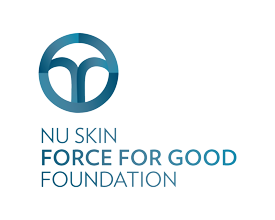Crawfish Rock is a coastal community of 600 residents on Roatán, overlooking wetlands that encompass mangroves, beaches, and coral reefs. This ecologically rich area supports two protected mangrove species that serve as nurseries for snappers, bonefish, conch, and shrimp. It hosts diverse wildlife, including endangered Roatán agoutis, various heron species, brown pelicans, sea turtles, dolphins, and numerous fish species. Lobsters—called crawfish in the old days—were once so plentiful that the town was named for them.
Beyond its exceptional biodiversity, this ecosystem serves as a natural protective barrier, food source, and economic foundation for local livelihoods. However, the area faces significant threats from outsiders seeking to clear trees for beach expansion and construction, illegal fishing and dredging, and waste pollution that endangers the mangrove ecosystem.
Crawfish Rock is one of Roatán’s oldest yet least developed communities, and residents are committed to both taking care of their environment and securing their children’s future. They’re partnering with BICA–Roatán (a longtime Seacology partner) to develop a protection plan featuring community-based monitoring, mangrove replanting, and environmental education campaigns in schools and homes.
The community has already secured funding for a community center that will house spaces for tutoring, recreational activities, meetings, and basic medical services, eliminating costly trips to town. Seacology’s grant will add a multi-use sports court and expand environmental education programs, including BICA’s “Islanders for Change” initiative, which empowers teenagers to lead conservation efforts. This holistic approach combines habitat protection with community development, creating sustainable solutions that improve both the environment and residents’ quality of life.


